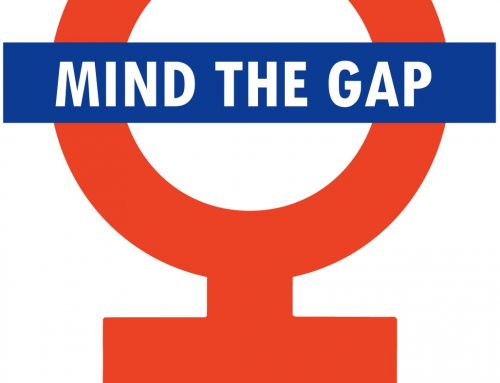
I’ve talked about unconscious bias in many blog posts over the years, and it is an oft-cited reason for gender discrimination in the workplace. How does unconscious bias prevent women from shattering the glass ceiling? We can establish gender equality programs, but unless we address the unconscious biases everyone holds, our efforts will stagnate. Unconscious bias, then, has become the catch-22 of gender relations.
Let’s start with a clear definition. Unconscious biases are implicit attitudes or stereotypes that affect our understanding, beliefs, and decisions. While we view them in a negative light, they are actually mechanisms the human brain adapted over millennia to make decisions quickly. In prehistoric times, this might mean evaluating a stranger: will this person try to kill me or take my food source? Today, that means that our attitude toward a powerful woman might be more negative than positive. Women bore the children, fed them, and cared for them. Those are social realities in play for thousands of years that we are trying to dismantle in less than 100 years. Not an easy task. What’s even worse is that we pass these unconscious biases on to the next generation, perpetuating gender discrimination.
Clearly, addressing a bias that even the most well-meaning people have is a challenge. There is a great deal of research out there about unconscious bias, but not a lot of solutions to counteract its effects. Google has taken a unique approach to the problem but breaking it into a four-pronged approach in their re:Work campaign:
- Raise Awareness. Researchers agree that simply educating people is essential. Showing people the reality of unconscious bias and how it affects so much of our society beyond simply gender relations can be a real eye-opening moment.
- Use structure and criteria. Raising awareness is the easy part. Now comes the work of rooting out bias through the use of neutral parameters for practices such as hiring and promotion. Google implemented “structured interviews” to mitigate hidden biases from the hiring process. They use the same interview questions, “grade” applicants on the same scale, and hire people based on pre-determined guidelines.
- Gather data and measure decisions. Tracking the outcomes of programs such as structured interviews is important for two reasons: is the program working and if not, how and why is it not working? If you don’t know whether your efforts to deal with bias is working, then you’re not making progress.
- Evaluate subtle messages. Google evaluated the workplace environment and began to see that some features of their offices were not inclusive. For example, when Google moved into new offices a few years ago, they named conference rooms after computer scientists. Sounded like a great idea – until they realized that only 10 of the 65 rooms were named after female scientists. This is an example of how unconscious bias education can reveal uncomfortable truths and spur people to take action.
Unconscious bias is the first “glass ceiling” that we must shatter in order for women to move forward. In future posts, I will talk more in depth about addressing pay disparity and the pipeline challenges of female talent that we face in our efforts on the way to gender equality.





